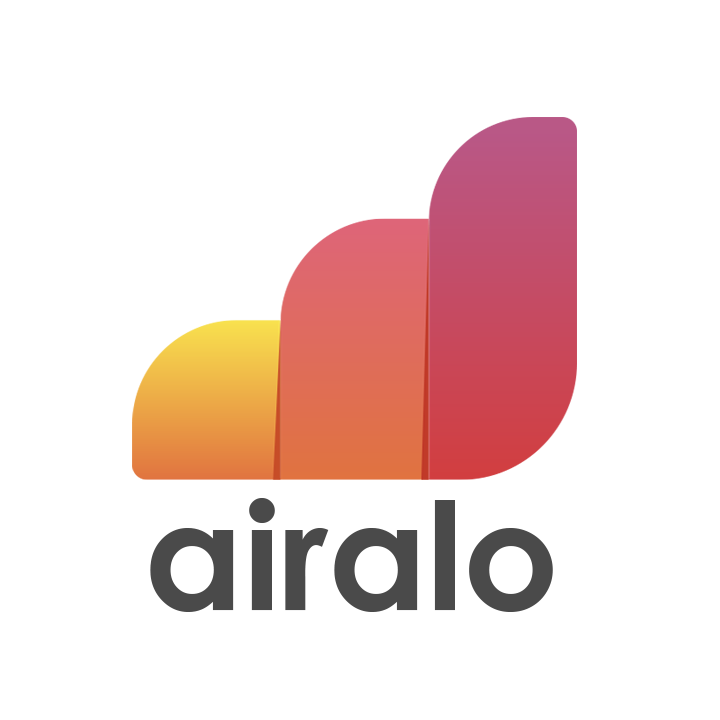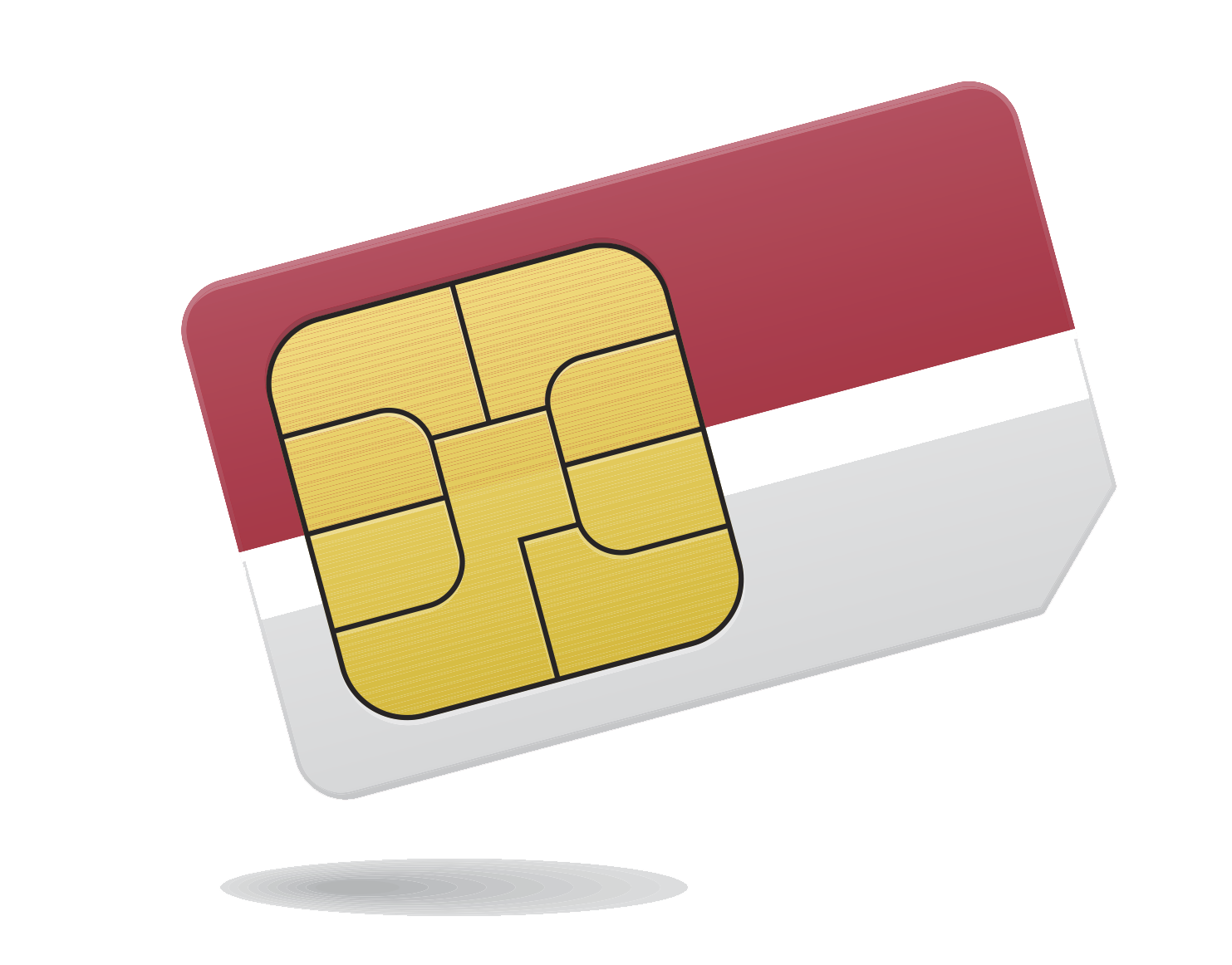
Stay Connected in Brazil
Navigate, share, and stay in touch with our comprehensive eSIM guide for Brazil.
1Introduction to Brazil as a Travel Destination
Traveling to Brazil is exciting, and having reliable mobile internet is key for navigating its vast cities and beautiful landscapes. This guide will show you how to get online easily – covering Brazil travel SIM cards vs. eSIMs, local network coverage, and tips for tourists. Brazil's sheer size means connectivity can vary, but with the right preparation, you can stay connected from the beaches of Rio to the Amazon basin. We'll highlight the best eSIM options for Brazil, local SIM options, and practical data usage tips so you can share your Carnaval moments or find your hotel without hassle.
2Mobile and Internet Infrastructure
Brazil has a well-developed mobile network in urban areas and along most travel routes, though coverage can thin out in remote regions. The major mobile operators are Vivo, Claro, TIM, and (formerly) Oi.
Vivo (owned by Telefónica) is the largest operator and generally has the most extensive 4G coverage across Brazil, reaching thousands of cities and towns. It's often rated #1 for coverage and speed, including in many rural areas. Claro, part of América Móvil, is the second largest; it has a broad 4G network covering virtually all cities and major highways, with competitive speeds (Claro often leads in speed tests in some regions). TIM is the third major provider, also with nationwide 4G covering most populated areas. TIM has improved its network and even many smaller towns now have TIM 4G. (Oi's mobile infrastructure was acquired by the others, so Oi SIMs are less relevant now). In practice, all three main networks work well in Brazil's big cities – São Paulo, Rio de Janeiro, Brasília, Salvador, etc., have solid 4G and even 5G in central districts. When you go into the countryside, coverage can depend on the region: Vivo tends to have signal in more remote towns and along some rural highways, which makes it popular for overall coverage. Claro also covers many rural areas but might drop in very remote spots not near its towers. TIM has wide coverage but in very isolated areas (deep rural parts of the Amazon, Pantanal, interior farmlands) it may have less reach than Vivo. Still, any network might have blind spots – Brazil's interior is huge and sparsely populated in places. On popular tourist routes (Iguazu Falls area, coastal routes in Bahia, etc.), you'll generally find at least a 3G signal from one of the big carriers. 5G is rolling out in major cities (São Paulo, Rio, Brasília have live 5G on operators like Vivo and Claro).
Network Providers Overview
| Provider | Coverage | Notes |
|---|---|---|
| Vivo | Most extensive 4G coverage nationwide, reaching rural areas and small towns | Owned by Telefónica, rated #1 for coverage and speed, 5G in major cities |
| Claro | Broad 4G network covering virtually all cities and major highways | Part of América Móvil, competitive speeds, 5G available in larger cities |
| TIM | Nationwide 4G covering most populated areas and many smaller towns | Improved coverage in recent years, may have less reach in very remote areas |
| Oi | Limited relevance as mobile infrastructure was acquired by others | Not recommended for new travelers as network is being phased out |
3Guide to Getting Mobile Internet
Local SIM vs eSIM
When visiting Brazil, you have two main options for mobile data: buy a local SIM card (chip) from a Brazilian provider or use an international eSIM that you set up before arrival. Each has its merits. International eSIMs offer simplicity - purchase a data package online before your trip and scan a QR code to download the eSIM to your phone. When you land in Brazil, your phone connects to a partner network and you're online immediately. The big advantage is avoiding bureaucracy – no CPF (Brazilian tax ID), no language barrier, no searching for a SIM vendor. The trade-off is cost: eSIM plans are typically a bit more expensive per GB than local plans. eSIMs are usually data-only, so your WhatsApp will still work (tied to your original number), but you won't have a local Brazilian number for regular calls or SMS.
Where to Buy
Brazil's local prepaid SIMs are inexpensive and offer generous data packages, but the process to obtain one can be a bit complex for foreigners due to ID requirements. Officially, to activate a Brazilian SIM, you need a CPF (Brazilian tax ID) in many cases. There are workarounds: some carrier stores (particularly Vivo) will register a SIM using your passport for tourists, but not all stores know how or are willing. In tourist hubs and malls (e.g., Vivo store in Rio Sul shopping), staff are used to travelers and can set up a prepaid SIM without a local CPF. It may take extra time (expect to fill a form). Also, unlike some countries, Brazil's major airports do not have easy tourist SIM kiosks – at São Paulo GRU and Rio GIG, there's no official SIM booth in arrivals. You'd need to find a bookstore or convenience store that sells SIMs, and still have the CPF issue. If you manage to get a local SIM, you can get excellent deals (e.g., Vivo and Claro often have packages like 4 GB + unlimited social media for R$40 ($8 USD)).
4Major Mobile Providers and Plans

Airalo
Airalo's Brazil eSIM (often called "Folia" or "Brazileiro" on their platform) provides a range of data options. Airalo lists the network as the "Airalo network", but in practice it connects to local carriers. According to reports, Airalo's Brazil eSIM tends to use the Zain or Vivo network for data (Zain is a roaming partner; Vivo being a major local network, ensures wide coverage). In use, Airalo eSIMs have provided solid 4G speeds in major cities and decent coverage in regional areas as long as a partner network is present. Tethering is allowed on Airalo's fixed data plans (so you can hotspot your laptop or another device). Airalo is known for reliability – many travelers use it successfully in Brazil – making it a top recommendation for ease and performance.
| Plan | Data | Validity | Price | Features |
|---|---|---|---|---|
| Brazil 1GB | 1 GB | 7 days | ~$5-10 USD |
|
| Brazil 3-5GB | 3-5 GB | 30 days | ~$15-20 USD |
|
| Brazil 10GB | 10 GB | 30 days | ~$20-30 USD |
|

Nomad
Nomad's eSIM for Brazil is similarly priced and often has generous data bundles. Nomad eSIMs in Brazil reportedly operate on multiple networks (Vivo and TIM) to maximize coverage. This means your phone could latch onto Vivo in one area and TIM in another, giving you great reach and even 5G where available. The Nomad app makes activation easy – you purchase, install the eSIM profile, and it will automatically connect when you arrive in Brazil. Like Airalo, tethering is typically supported on Nomad's data plans (since you have a set data cap). Nomad has gotten good reviews for Brazil, especially for the value per GB and the benefit of multi-network roaming which can fill in coverage gaps.
| Plan | Data | Validity | Price | Features |
|---|---|---|---|---|
| Brazil 5GB | 5 GB | 30 days | ~$15 USD |
|
| Brazil 10GB | 10 GB | 30 days | ~$26 USD |
|
| Regional Latin America | Various options | 30 days | Varies |
|

Holafly
Holafly provides unlimited data eSIMs in Brazil, which can be very appealing for heavy data users. They sell plans by duration: e.g., 5 days unlimited, 15 days, 30 days, etc. With Holafly in Brazil, you get unrestricted data volume, but be aware of the fine print: their fair use policy might reduce your speeds if you use excessive data very quickly (users have noted some unlimited plans slow down after a certain GB per day). Holafly's Brazil eSIM likely uses one of the major networks (often Telefónica partners – so Vivo's network is a strong possibility, given Vivo is Telefónica's brand in Brazil). Coverage should thus be excellent, and 5G is supported on that network if available. Holafly explicitly supports tethering on many of their plans, but they impose a daily limit for hotspot usage (often around 1 GB/day for tethering) even though phone usage is unlimited.
| Plan | Data | Validity | Price | Features |
|---|---|---|---|---|
| Brazil 5 Days | Unlimited | 5 days | ~$19 USD |
|
| Brazil 15 Days | Unlimited | 15 days | ~$47 USD |
|
| Brazil 30 Days | Unlimited | 30 days | ~$69 USD |
|

Local Brazilian SIM Cards
Brazil's local prepaid SIMs are inexpensive and offer generous data packages. Local SIMs give you a Brazilian number, useful for ride apps like 99 or if you need to receive SMS. Local SIMs are ideal for long stays or if you'll be using a lot of data and want the lowest cost. The challenge is the requirement for a CPF (Brazilian tax ID) to register, though some stores (especially Vivo) may register using your passport in tourist areas.
| Plan | Data | Validity | Price | Features |
|---|---|---|---|---|
| Vivo Prepaid Package | ~4 GB + unlimited social media | 30 days typical | ~R$40 ($8 USD) |
|
| Claro Prepaid Package | Various packages | 30 days typical | Similar to Vivo |
|
| TIM Prepaid Package | Various packages | 30 days typical | Competitive with other carriers |
|
5Device Compatibility and Activation
For eSIMs, your device must be eSIM-compatible and unlocked. This includes iPhone XR/XS and newer, Samsung Galaxy S20 and newer, Google Pixel 3 and later, and many other recent smartphones. For physical SIM cards, your phone simply needs to be unlocked. Brazilian carriers use standard GSM technology compatible with most international phones.
6Tips and FAQs for Staying Connected
Buying Local SIM Cards
If you decide to get a Brazilian SIM, aim for official stores of Vivo, Claro, or TIM in the city (e.g., in malls). Vivo is often recommended for tourists because their staff can sometimes register a SIM with a passport. Bring your passport and be patient – the activation might involve some forms. Ask for "pré-pago (prepaid) chip" and a data package (plans are often called "promoções" or bundles). Note that outside of official stores, small shops may sell SIM cards but might not be able to register foreigners properly. Once you have a local SIM, you can top-up (recharge) at newsstands, pharmacies, or online using the carrier's app.
eSIM Activation
For eSIM users, set up your eSIM while on Wi-Fi (before your trip or at the airport on Wi-Fi). On iPhone, you'll scan a QR code or use the app, and on Android, you can usually download via QR as well. Don't activate (turn on) the eSIM's data until you are in Brazil, or else the validity timer might start too early. When you land, enable the eSIM and ensure data roaming is "on" for that eSIM (it's required for the eSIM to roam on Brazilian networks). Your phone should then pick up a local signal (you might see "Vivo", "Claro", "TIM" or another network name depending on the eSIM).
Coverage and Network Selection
Brazil has some areas with weak signal. If you notice poor service, your eSIM might allow switching between networks (some Nomad eSIMs do). You can try manually selecting a different carrier in your phone's settings to see if it improves. With a local SIM, you're fixed to that carrier's network – which is why choosing a top coverage provider (Vivo or Claro) is wise if coverage is a priority. In cities, you won't have issues; on road trips between cities, expect occasional drops but generally decent coverage on major highways. Deep in the Amazon or remote parts of Mato Grosso, don't expect much cell signal at all.
Using Data Wisely
Brazilian cities have lots of places with Wi-Fi (hotels, cafes, shopping malls all offer it). Use them to offload heavy data tasks. However, be cautious on public Wi-Fi security – perhaps use a VPN for sensitive browsing on public networks. For mapping and translation on the street, 4G data is usually fast. Google Maps works well; you can also download maps offline for big cities like São Paulo and Rio to save data. Messaging apps (WhatsApp, Telegram) are widely used – note that some local SIM packages offer unlimited WhatsApp usage, meaning using WhatsApp won't count against your data cap.
Navigation & Apps
Besides Google Maps, consider downloading the app MAPS.ME or similar offline map apps for any hiking or remote area adventures – they don't require data once downloaded. Rideshare apps like Uber and local app 99 are essential for getting around cities; they work on data. With an internet connection, you can safely request rides instead of hailing taxis on the street. If you have a local SIM with a Brazilian number, Uber/99 will verify via SMS; if you use an eSIM (no local number), Uber might use your home number for verification.
Calling Home or Local
To call internationally (say, to call home to the USA/Europe), use apps like Skype, WhatsApp, or FaceTime audio over your data connection – much cheaper than any voice plan. To call locally within Brazil, most people/places you'll interact with (hotels, tour guides) use WhatsApp. If you must make a regular phone call, local SIMs have voice minutes you can use. For eSIM (data only), you could use a service like Skype Out or Google Voice to dial a local number using data.
SIM Security & SIM Swap Caution
In Brazil, keep your SIM (or eSIM) information secure. There have been cases of phone theft in big cities – if the worst happens and your phone is lost or stolen, contact your eSIM provider via their support (from another device) to deactivate the eSIM for safety, and likewise if you had a local SIM, have the carrier block it. This prevents misuse of your number. It's a rare scenario, but worth noting as a precaution in any travel.
Conclusion
Staying connected while traveling in Brazil is straightforward with the right approach. For most travelers, especially those on shorter trips or who want to avoid bureaucracy, international eSIMs like Airalo and Nomad offer the best balance of convenience and coverage. Airalo's Brazil eSIM (often operating on Vivo's extensive network) provides reliable connectivity across urban and many rural areas, while Nomad offers the advantage of multi-network access for broader coverage. Holafly's unlimited plans are convenient for those who need extensive data without monitoring usage, though they come at a premium price. For longer stays or budget-conscious travelers willing to navigate the registration process, local SIM cards from providers like Vivo offer extremely competitive rates and often include unlimited social media usage. Whichever option you choose, you'll have the mobile internet you need to navigate Brazil's diverse landscapes, from posting pictures at Christ the Redeemer to catching that last-minute hostel reservation email. With a bit of preparation, your connectivity throughout Brazil will be as vibrant as the country itself.